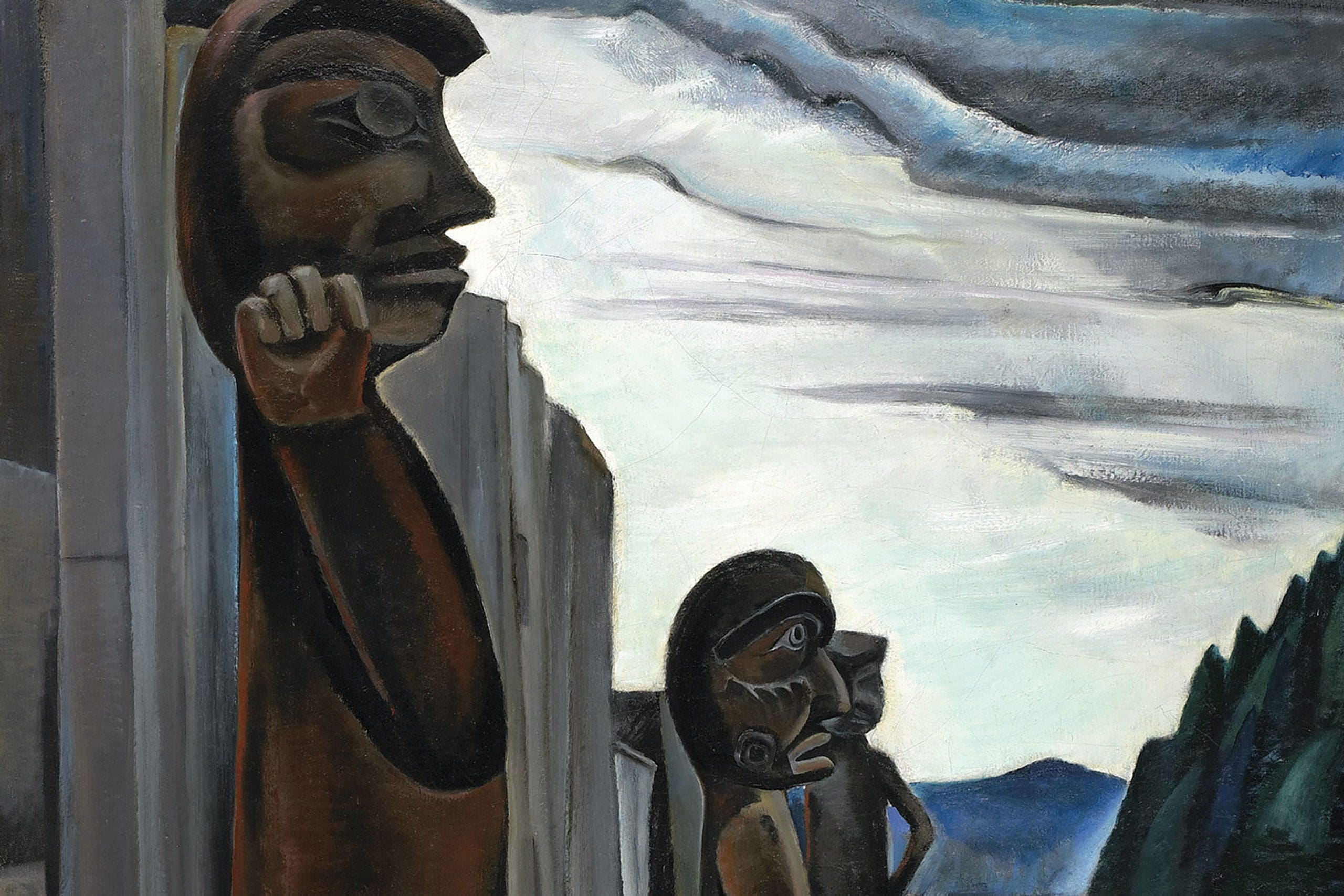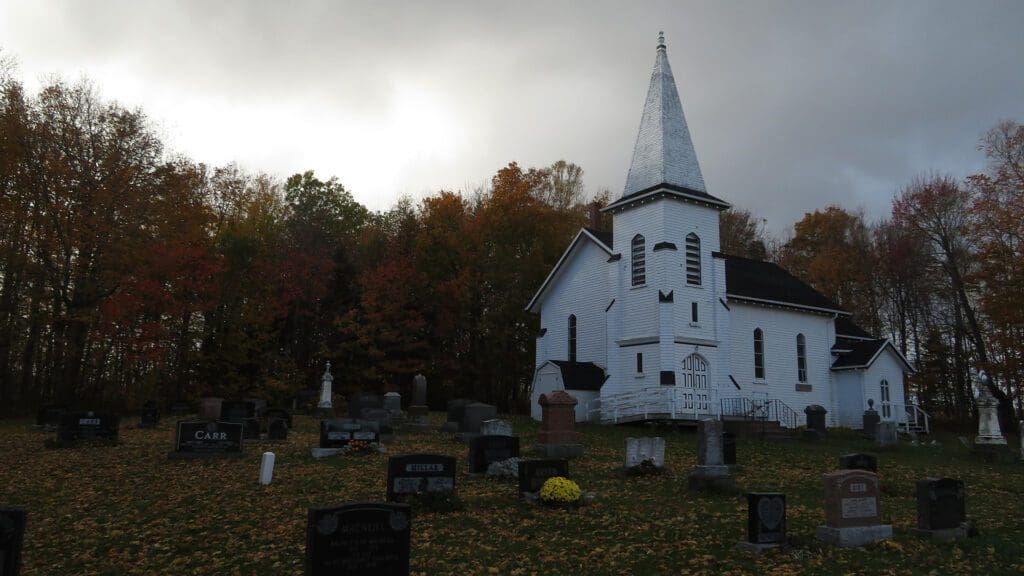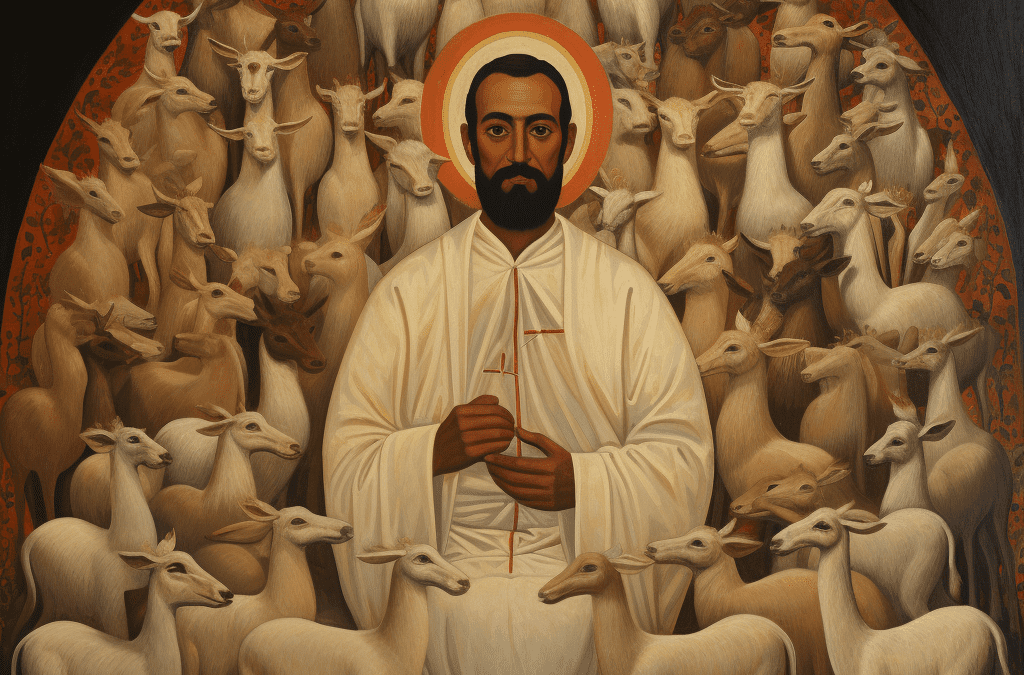Y
“You know in the movies when you see the person and they get the car to the hospital and they’re running through the hallways to get to their loved one?” This is how Lydia (not her real name), a family court employee, describes what it was like to lose two parents to the COVID-19 virus.
In 2021, the Center for Public Justice, together with its research partners, launched a project to understand work in a global pandemic, particularly for those caring for children and other family members through quarantines and school closures. We spoke to families who had just been getting by before the pandemic as well as employers with comparable lower-wage workforces. We anticipated stories about exhaustion and financial worries. Yet, as we listened, an additional theme emerged. Workers were not only struggling to care for the living but also grieving for those who had died.
COVID-19 took loved ones seemingly out of the blue, as Lydia described. Another woman, a health worker, described the difficulty of supporting her grandson after the boy’s father died suddenly of COVID-19. The father entered the hospital, she said, and then “he was just gone.”
Demographers estimate that each COVID-19-related death left nine bereaved persons. In the United States and Canada, over nine million parents, siblings, and children have lost a loved one to COVID-19 alone. Death and illness by all other causes were made strange by the pandemic: hospitals and nursing homes denied visits, and memorials and funerals were delayed or severely curtailed.
Demographers estimate that each COVID-19-related death left nine bereaved persons. In the United States and Canada, over nine million parents, siblings, and children have lost a loved one to COVID-19 alone.
Some hypothesize that the waves of job departures and workforce reshuffling that followed the COVID-19 pandemic—sometimes termed the Great Resignation—were the latent results of mass grief. Because grief has the power to reshape our conception of ourselves and of the world, it stands to reason that it could induce widespread re-evaluation of people’s relationship to work.
Business leaders and managers and human-resource professionals had a lot to manage during the pandemic: deciding whether and how to operate, adopting safety protocols, adjusting to new realities for clients and customers. Our interviews with workers and parallel sessions with employers in similar industries suggest that business leaders and managers may not have been well-prepared for grief. From the perspective of the health worker we interviewed, “a lot of jobs didn’t know what to do for their employees.” Job sites and employers, she reasoned, were in “a whole new, devastating venture.”
Space to Grieve
The average American workplace protects little time for grief. Paid bereavement leave, when offered by workplaces at all, typically lasts three to five days. Forty percent of the US workforce lacks even this benefit.
Negotiations between labour and management established the template for modern paid leave. Time off for vacation, illness, and disability were priorities for labour, who pressed to include them in union contracts in the 1940s and ’50s. Some of these agreements included paid time off for funeral leave. According to historian Erik Baker, employers fought during these negotiations to limit paid time off after a loved one’s death to three days—time enough to make arrangements and attend a service. Five days might be allowed only for workers needing to travel overnight to a funeral. Indeed these benefits were termed “funeral leave,” Baker says, in order “to clarify that (employers) were not conceding a right to grieve, only a right to attend a funeral.”
Narrow leave policies remain a fixture in American workplaces not only because of specific contracts but also because of the cultural and legal ideal of work as a fundamentally transactional arrangement rather than a communal, social, or vocational endeavour. Through the lens of contract, the features of the workplace—from wages to benefits to wellness programs—exist to entice workers to accept a job and to stay. Implicit in this framework is the inverse: if benefits or affordances are missing from a workplace, workers lack the worth to have secured them in exchange for their labour.
Contemporary employee policies have replaced the term “funeral leave” with the more psychologically attentive “bereavement leave.” More managers have access to grief-literate resources that counsel acknowledgement, flexibility and patience. Managers are encouraged to ask a bereaved person what they need: more time from work or less, solitary projects or teamwork. Workers often receive a menu of options within an employee assistance program that workers must navigate themselves. This approach exhibits compassion but underestimates grief.
Grief has the power to exceed those who encounter it. Sometimes, in the throes of grief, we do not know what we need. For me, the pandemic era was marked by an encounter not with COVID-19 but with cancer. In the midst of this season of lost health, I had no ability to accurately predict my capacity for work. I tried. I constructed task sheets and projected deadlines in an attempt to delegate tasks and negotiate work with others. But these were approximations at best.
The Nature of Grief at Work
Alongside major illness, the birth or adoption of a child, and periods of intensive caregiving, grief is a threshold experience. It irrevocably disrupts and transforms lives. The time after is never the same as the time before. Before-times selves cannot peer into the future well enough to ever truly prepare or bargain for workplace provisions. And once the disruption has begun, the absorption and shock can interfere with attempts to be one’s own negotiator, which the transactional workplace requires.
In contrast to timelines for grieving that are shaped by contract, communal mourning rituals mark time according to the accumulated wisdom of generations. In Jewish tradition, families observe seven days of shiva following the death of a loved one. The novena guides grieving in some Catholic communities. Rosary prayers, daily Mass, or keeping night watch with food and family games mark the nine days after the funeral.
In contrast to timelines for grieving that are shaped by contract, communal mourning rituals mark time according to the accumulated wisdom of generations.
Communal mourning traditions do not measure the worth of the mourners as a precondition for their participation. These rituals do not ask the bereaved to organize each step of their own grieving. They propose scripts. They ferry grievers over thresholds they never wished to cross.
Grief—like other seasons of transformation—also introduces an asymmetry into workplace relationships that transactional frameworks can’t address. Grieving persons may need help from co-workers, and they may need it for an unpredictable period of time. As Baker writes, “[grief’s] temporality is defiantly non-linear,” pressing its demands on the bereaved at surprising times.
Management advice tethered to a contractual ideal has limited capacity to address the lopsidedness that grief introduces into the workplace. How much patience should be afforded a grieving co-worker and for how long? What should be done to compensate those who take up a co-worker’s slack without introducing new inequities into work teams? What if loss imposes costs that cannot be readily compensated?
Grief and its rituals expose the limits of work organized around a transactional ideal. Grief also exposes the limits of another work ideal—one in tension with contractual understandings but just as common: work as family.
Describing a workplace in familial terms has a history. A pre-industrial workplace might well have been a home or a farmstead or a workshop in which family members, servants, apprentices laboured together. The “master-servant” doctrine in employment law is a relic of this way of organizing work—one in which household members serve the purposes of the head of household who, then, takes responsibility for their welfare. In the industrial and post-industrial eras, workplaces evolved away from this master-servant model, but a similar paternalism continues to show up. Twentieth-century ideals such as corporate trusteeship and servant leadership suggest that business leaders cast employers as caretakers. To this day, one would not be surprised to hear a phrase such as “We are like family here” spoken by managers during a team retreat or by a company’s CEO at the annual holiday party.
Were the workplace truly a family, one might expect the head of household to make special accommodation for a grieving employee and perhaps, even, facilitate shared mourning. In the dozen employer interviews we conducted, several employers stressed their flexibility and capacity to accommodate workers’ needs. But not one mentioned grief or loss when asked about how the pandemic had affected their workers or workers’ families. These employers were not ill-intentioned; they may simply have lacked the vantage point from which to see their workers’ grief. Work-as-family narratives may accord bosses the status of the household head, but grief in the modern workplace calls such narratives into question.
Honouring Grief at Work
Honouring grief at work may require a different workplace ideal—work as a shared enterprise or community of work. In such an ideal, both the product and the dignity of its members matter. Such an ideal would be accompanied by mourning rituals that are suitable for a community of work.
Many mourning traditions include multiple roles for those outside the deceased’s family, each with a different relationship to the loss. Neighbours may be expected to show up at the memorial with food to share. Fellow churchgoers may walk alongside the casket. In some traditions, there are those whose special role it is to lead the wake or to wail and keen along a funeral procession.
What roles should managers and co-workers play when a member of their community of work grieves? This first role may be to actively protect a member’s time to grieve. Bereavement leaves should cover a period of mourning, not merely the event of a funeral. Canadian law, for example, establishes ten days of bereavement leave as standard. This practice protects the initial season of grieving, in which families and friends often gather, worship, eat, and remember. Taking their cue from religious and cultural traditions, workplaces might also offer reduced workload for thirty days after a loss. Establishing norms for grief and healing would shift expectations. It would not be up to workers to initiate accommodation. Such an approach recognizes in advance that grief takes time; work can wait.
Amanda Held Opelt’s memoir, A Hole in the World, points toward another role for the community of work: bear witness to grief. Opelt, writing in the wake of pregnancy loss and the death of her sister, contemplates various mourning traditions. She imagines the Victorian era’s prescribed veils, black dresses, and armbands, though fussy and expensive, might allow the bereaved to wear their emotions, literally, on their sleeves. Opelt confesses a desire for others to witness her grief but not to pry. “The truth is, I want it both ways. I want people to notice my pain, but not in a voyeuristic way. I was people’s support but not their speculation.” Opelt acknowledges along with fellow writer Jan Richardson that “there is something about grief that wants to be seen . . . wants to be known.”
Grief rituals that are appropriate to a community of work perform the function that ritual and liturgy do in general. They communicate and even enact solidarity.
Quietly communicating one’s grief-altered presence without needing to proclaim it requires a shared verbal or visual language. Red ribbons bear witness to HIV/AIDS and pink ribbons to breast cancer. So, too, a community of work might maintain a memory board in a common space or welcome workers to wear certain colours or icons or place a memorial line in their email signature. Personal public displays for those who, like Opelt, want to be seen enable showing up at work with integrity for the duration of a mourning season.
Grief rituals that are appropriate to a community of work perform the function that ritual and liturgy do in general. They communicate and even enact solidarity. Religion scholar Molly Farneth explains: “Just as promises can create obligations and entitlements, so too rituals of solidarity. . . . If I express my solidarity with you, you can expect me to stand and act with you.” A community fortified by ritual is better poised to withstand the surprises and asymmetries that loss introduces. And rituals that enable co-workers to bear witness to loss might also enable those same co-workers to persist in patience and forbearance with the bereaved.
Finally, it is the role of workplaces to recognize themselves as embedded within society and, therefore, to contribute to public mourning rituals when they are needed.
In recent years, theologians Matthew Kaemingk and Cory Willson have called for a retrieval of Christian practices connecting work and worship. They describe ancient Christian processions in which shop owners, artisans, and farmers walk the streets of the city and into the marketplace, seeking to bless and sanctify the community in which they work. Rituals that draw attention to the way that distinct communities of work—shops, restaurants, farms, offices—are part of a larger community may be particularly important to social healing, post-COVID-19.
Mid-pandemic, a friend of mine, the Reverend Laura Everett, began taking notice of used cloth masks littering the ground. She started a collection and then solicited donations of masks that were too worn to protect against the coronavirus. She washed them, stitched them together, and dyed the resulting pieces in indigo, honouring the color’s historical connection to unjust suffering.
I can imagine Everett’s deep-hued fabrics draped like bunting along highway overpasses, subway staircases, and bus shelters, offering comfort and wordless lament. What if each organization whose employees made their way to work on those roads and transit systems sponsored a segment of this public grief-work? In this way, those public spaces of passage that during the pandemic vectored disease might be seen and sanctified.
Who We Are to Each Other
The pandemic was, as was shared with the Center for Public Justice’s research team, “a whole new, devastating venture.” But it will not be the only such event of our lifetimes. In restaurant kitchens, work sheds, nursing homes, office cubicles grief will continue to show up. It may be invisible to managers and co-workers, but in the mind’s eye of the bereaved, memories of loss will appear vividly, like frames in a movie.
It is our task to create mourning rituals appropriate to modern workplaces. Grief reveals that workplace relationships are neither contractual agreements nor family bonds. So respecting grief in the workplace will require grappling with the question of who we are to each other in our communities of work and finding properly capacious ways to protect time, bear witness, sanctify our social spaces, and lament together.






